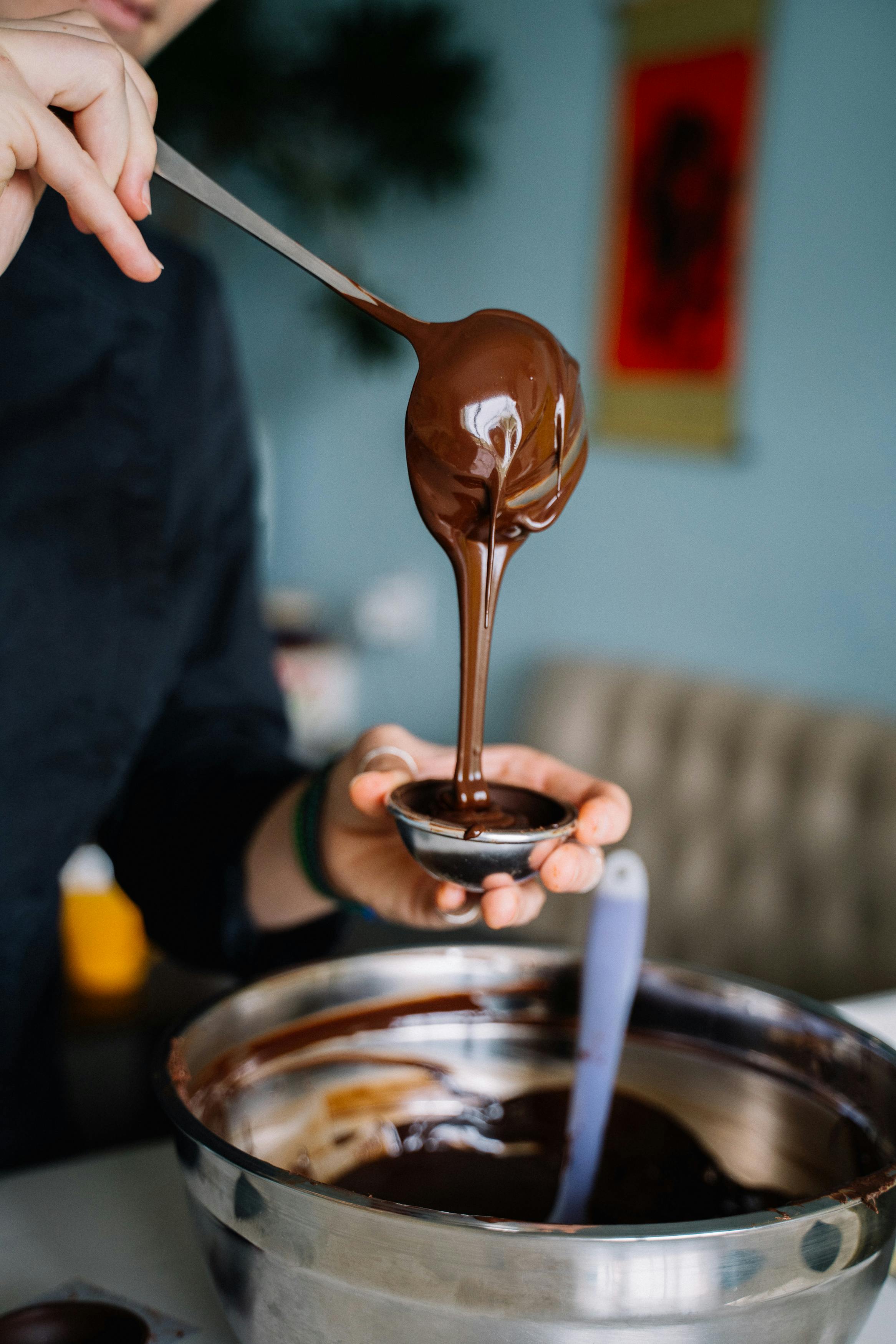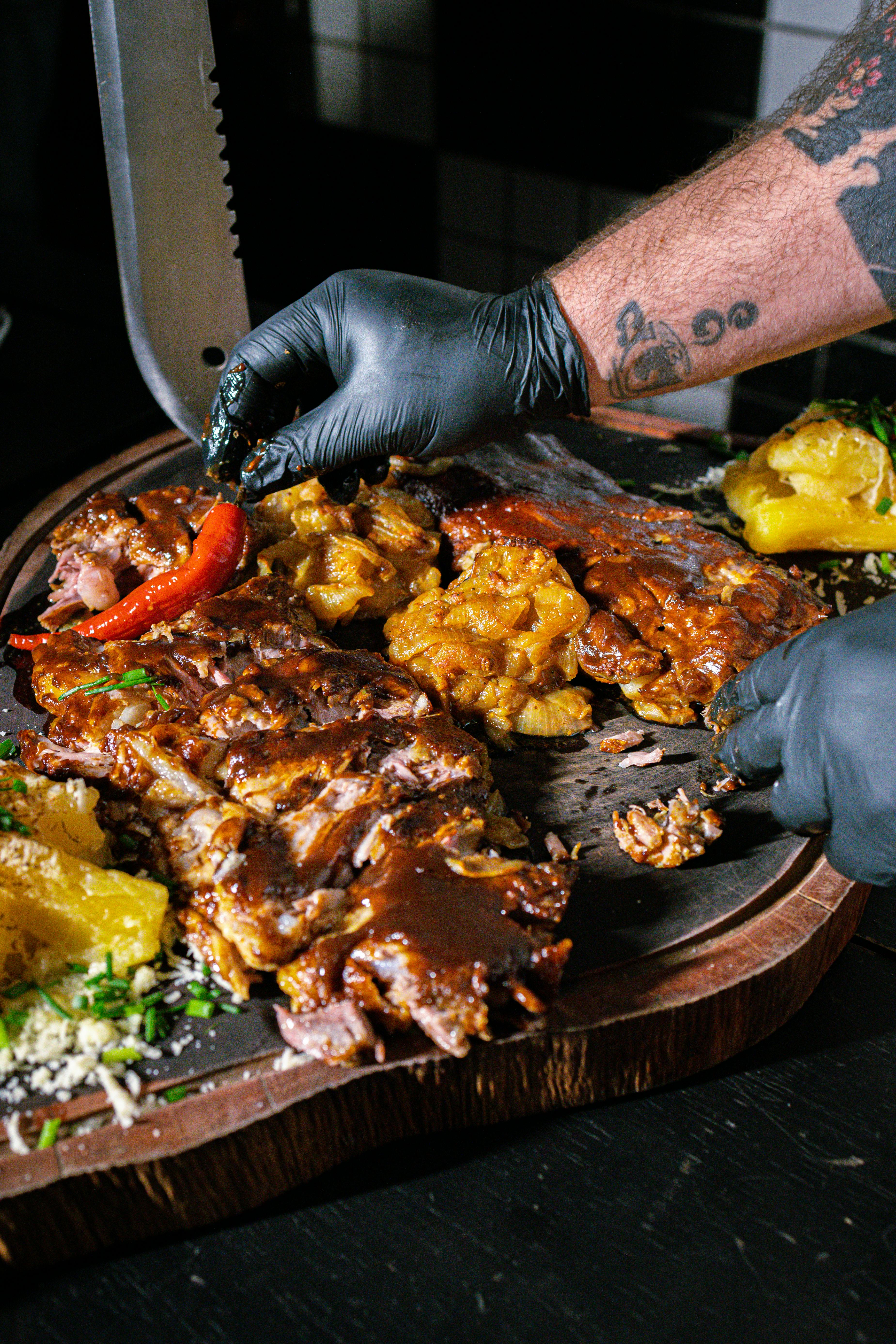
Best 5 Ways to Store Lard for Maximum Freshness in 2025
Lard, a versatile fat made from pig fat, has been a staple in kitchens for centuries. It's valued not just for its cooking properties but also for its rich flavor and high smoke point, making it an excellent choice for frying, baking, and even making pie crusts. As culinary experts and home cooks explore traditional methods of cooking, understanding how to store lard properly is crucial for maintaining its freshness and quality. In this article, we'll delve into the best ways to store lard, ensuring that you can enjoy its full flavor and benefits while minimizing spoilage.
Ensuring the longevity of lard involves knowing its shelf life and the signs of bad lard. Proper storage can prevent rancidity, which can diminish flavor and make the fat unsafe for consumption. We will outline the recommended storage methods and containers, tips for freezing lard, and how to check lard freshness. Whether you're using lard in baking or frying, these practices will help you maximize its quality and usability.
By the end of this article, you'll not only become adept at storing lard effectively but will also better appreciate this traditional cooking fat. Let's explore the best methods for lard storage, and ensure that you can enjoy this beloved ingredient for years to come!
Essential Methods for Proper Lard Storage
Understanding how to store lard effectively starts with recognizing its properties and what can lead to spoilage. Lard has a relatively long shelf life when stored correctly, but improper storage can lead to oxidation and rancidity. To maintain its quality, follow these essential methods.
Refrigeration: The Standard Practice
Storing lard in the refrigerator is one of the most common practices. When kept at temperatures of 40°F (4°C) or below, lard can last for several months. Make sure to use airtight containers to prevent exposure to air, which can accelerate spoilage. Glass jars or vacuum-sealed bags are excellent choices for this purpose.
Additionally, when using refrigerated lard, it's important to scoop out only what you need with a clean utensil to avoid contamination. This will help maintain its freshness longer and allow you to use it effectively in recipes.
Freezing for Extended Shelf Life
Freezing lard is an excellent way to extend its shelf life significantly. When lard is frozen at 0°F (-18°C), it can last up to a year without losing its quality. To freeze lard effectively, portion it into smaller amounts using appropriate containers or freezer bags. This allows you to thaw only what you need for each cooking session, minimizing waste.
Make sure to label your containers with the date of freezing to keep track of freshness. If you notice any changes in texture or smell after thawing, be cautious and check for signs of bad lard.
Finding the Right Storage Containers
The choice of storage containers can significantly impact lard's longevity. Use containers that are airtight and non-reactive, such as glass or food-grade plastic. Avoid using metal containers, as they can react with lard and affect its flavor and quality.
Additionally, consider using opaque containers or wrapping lard in foil to minimize exposure to light, which can also contribute to rancidity. Keeping lard stored in a cool, dark place, such as a pantry or cupboard, is ideal when not refrigerated or frozen.
Understanding Signs of Bad Lard
Knowing how to tell if lard has gone bad is essential for safe cooking. Lard doesn't spoil rapidly, but it can become rancid over time. Here are some common signs that indicate lard is no longer good for use.
Smell and Taste Tests
One of the first indicators of bad lard is its smell. Fresh lard should have a mild, neutral scent. If you detect a strong, unpleasant odor akin to crayons or soap, it’s a clear sign that the lard has gone rancid. A taste test can also confirm lard's palatability; rancid lard will have a bitter or off flavor.
Texture Changes
In addition to changes in smell and taste, pay attention to texture. Fresh lard is firm yet pliable. If it becomes overly greasy, slimy, or exhibits a crusty surface, these may be signs of spoilage. Proper storage methods can help prevent these texture changes.
Storage Duration and Expiration
Understanding lard's shelf life is essential in maintaining its quality. Refrigerated lard is best used within six months, while properly frozen lard can last up to a year. Always check the packaging for any expiration dates; however, dates can be more of a guideline than an absolute rule. Trust your senses when evaluating freshness.
Maximizing Lard Usage After Storage
Even with proper storage, you may wonder how to use lard after its expiration date. Here are essential insights regarding using lard safely and effectively.
Reusing Stored Lard
If you've used lard for frying or cooking, it can often be reused. Strain out food particles and store it again properly to extend its usability without compromising flavor. It’s crucial, however, to ensure the lard does not exhibit any signs of rancidity before reuse.
Incorporating Lard in Cooking and Baking
Lard is a fantastic fat for a variety of culinary applications, particularly in traditional recipes. Use it for making flaky pie crusts, delicious biscuits, or frying chicken for extra flavor. The lard's high smoke point also makes it suitable for frying. When adapting your recipes, remember that lard can be substituted for butter or vegetable oils in a 1:1 ratio, enhancing the flavor and texture of dishes.
Pairing Lard with Other Ingredients
Understanding how lard interacts with other ingredients can enhance your cooking. For example, lard works beautifully with seasonings like sage and rosemary, particularly in savory dishes. When you incorporate lard, it is essential to balance its rich qualities with lighter ingredients to create a harmonious flavor profile.
Conclusion: Embracing Lard in Modern Cooking
Storing lard effectively prevents spoilage and maximizes its culinary benefits. By following the methods outlined in this article, such as refrigeration, freezing, and using the proper storage containers, you can maintain the quality and freshness of lard. Remember to keep an eye out for signs that indicate spoilage, like changes in smell, taste, and texture.
With these storage tips, you can confidently incorporate lard into your cooking, from frying to baking, ensuring you enjoy all the delicious benefits this traditional fat has to offer. Don’t hesitate to experiment with lard in your kitchen and discover its delightful contributions to your meals!

 ```
```